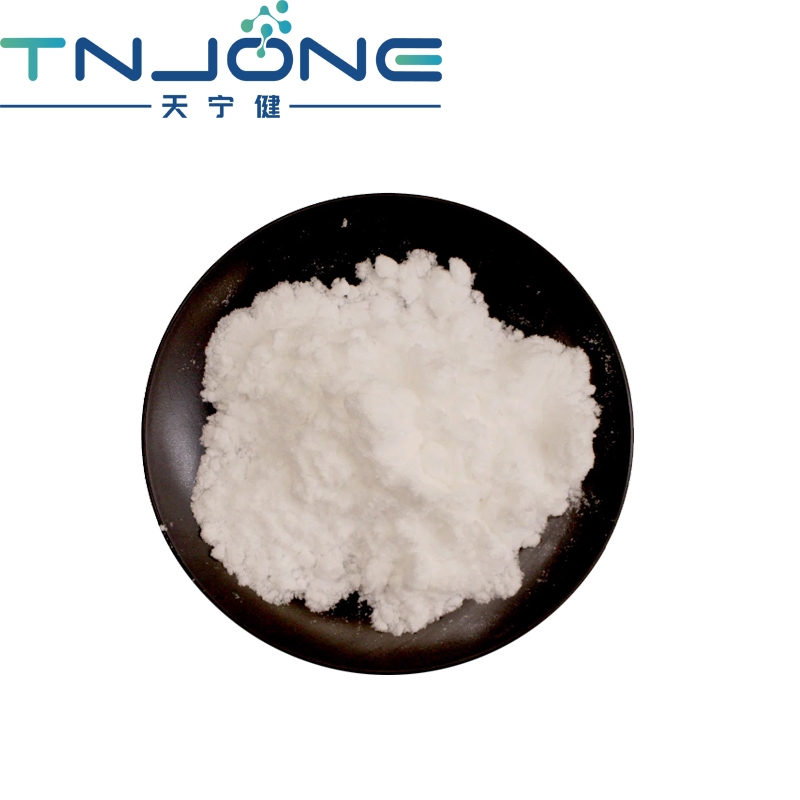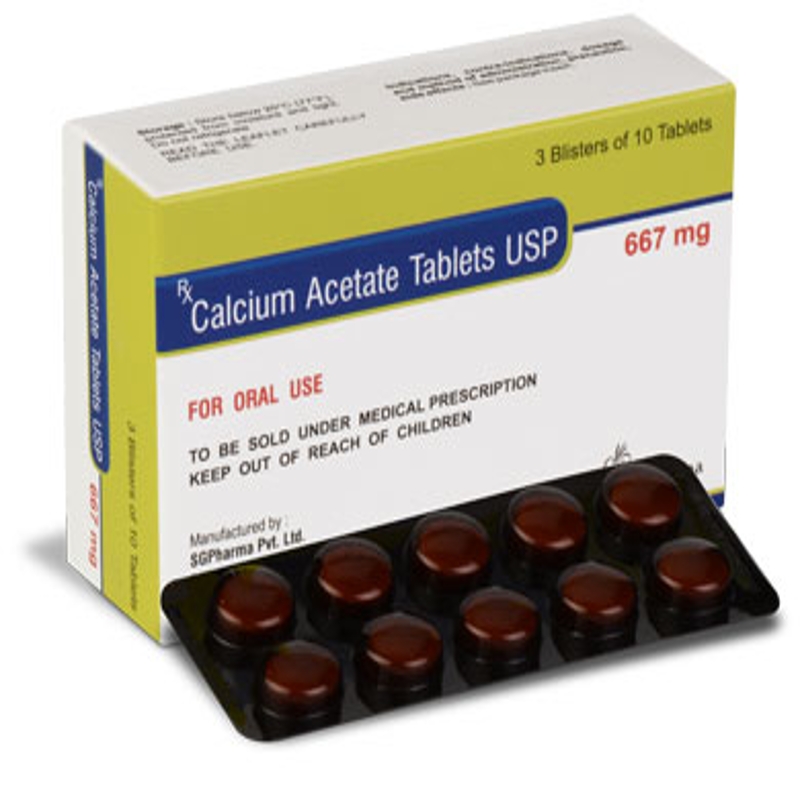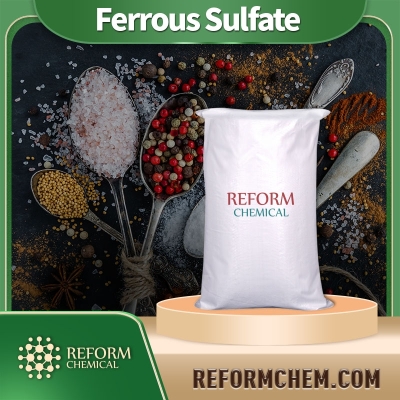-
Categories
-
Pharmaceutical Intermediates
-
Active Pharmaceutical Ingredients
-
Food Additives
- Industrial Coatings
- Agrochemicals
- Dyes and Pigments
- Surfactant
- Flavors and Fragrances
- Chemical Reagents
- Catalyst and Auxiliary
- Natural Products
- Inorganic Chemistry
-
Organic Chemistry
-
Biochemical Engineering
- Analytical Chemistry
-
Cosmetic Ingredient
- Water Treatment Chemical
-
Pharmaceutical Intermediates
Promotion
ECHEMI Mall
Wholesale
Weekly Price
Exhibition
News
-
Trade Service
Burkitt leukemia/lymphoma (BL) and high-grade B-cell lymphoma (HGBL) are aggressive lymphomas with similar histological and biological features and a higher incidence of central nervous system (CNS) involvement
.
The standard treatment for BL is high-dose chemoimmunotherapy with rituximab and CNS-directed therapy such as high-dose methotrexate (MTX) and cytarabine (Ara-C)
.
The optimal treatment for HGBL remains uncertain
.
A dose-adjusted (DA)-etoposide, prednisone, vincristine, cyclophosphamide, and doxorubicin (EPOCH) regimen improves efficacy in proliferative lymphoid neoplasms while limiting toxicity associated with BL chemoimmunotherapy
.
Compared with regimens of rituximab, cyclophosphamide, doxorubicin, vincristine and prednisone, it showed good efficacy and tolerability in patients with aggressive lymphomas including HGBL and BL, In patients with diffuse large B-cell lymphoma, the prognosis was not improved
.
The DA-EPOCH-rituximab (EPOCH-R) regimen does not include CNS-directed therapy and therefore may not be suitable for patients at higher risk of CNS recurrence, such as those with baseline bone marrow (BM) or CNS involvement
.
In contrast, the hyper-cyclophosphamide, vincristine, doxorubicin, and dexamethasone plus rituximab (CVAD-R) regimen included 4 cycles of high-dose MTX and Ara-C, and A total of 16 times of intrathecal chemotherapy (IT)
.
We conducted studies to report the long-term safety and efficacy of hyper-CVAD-R in patients with BL and HGBL, especially in relapsed patients
.
Methods: From January 2000 to January 2018, we retrospectively studied 102 patients with BL or HGBL who received hyper-CVAD-R regimen after initial diagnosis
.
Inclusion criteria included: age ≥15 years, Eastern Cooperative Oncology Group (ECOG) status score ≤3
.
There are no restrictions for patients with advanced age, organ dysfunction, or the presence of HIV
.
Of the 102 patients, 54 were confirmed as BL, 25 as HGBL, and 23 were excluded due to insufficient data to diagnose BL or HGBL
.
Patients received Hyper-CVAD alternating with high-dose methotrexate and cytarabine
.
For patients with baseline CNS involvement, IT was administered twice weekly until the lesions cleared, then 4 times weekly, after which prophylaxis was resumed
.
The investigators assessed rates of complete remission (CR), recurrence-free survival (RFS), overall survival (OS), and cumulative incidence of recurrence (CIR)
.
No differences in findings were observed between BL and HGBL patients
.
The median age was 44 years; 25% of patients were older than 60 years
.
Eleven patients (13%) were HIV-positive
.
Fifty-four patients (73%) had bone marrow involvement and 22 (28%) had CNS disease
.
Three patients received intracranial radiation therapy
.
Of the 25 HGBL patients, 7 (28%) had double hit lymphoma (all with BCL2 rearrangements)
.
Among 75 evaluable patients, the CR rate was 91% (BL 96%; HGBCL 79%; P = 0.
16), and 30-day mortality was 3%
.
There were 21 deaths in CR patients (28%, median age 56 years [range: 22-77])
.
The majority of deaths in CR patients (76%) were treatment-related, mainly infections (48%) and secondary myeloid malignancies (19%)
.
At a median follow-up of 50 months, 33 patients (42%) remained in CR and were alive (23 BL, 10 HGBL)
.
There was 1 patient who relapsed (first CR [CR1] duration of 6 years) still alive for more than 5 years in second CR (CR2) after salvage with DA-EPOCH-R
.
The 5-year OS and RFS rates were 52% (BL 55%; HGBL 44%; P = 0.
86) and 58% (BL 59%; HGBL 57%; P = 0.
62), respectively (Figure 1A-B)
.
Patients ≥60 years of age (OS 30% vs 59%, P < 0.
01; RFS 38% vs 65%, P < 0.
01, Figure 1C-D) and patients with CNS involvement at baseline (OS 23% vs 63%, P < 0.
01; RFS 26% vs 71%, P < 0.
01, Figure 1E-F) had lower 5-year OS and RFS rates
.
Among patients aged <60 years without CNS or bone marrow involvement (n = 19; 10 BL and 9 HGBL), the 5-year OS and RFS rates were 68% and 86%, respectively
.
Patients with higher BL International Prognostic Index had worse prognosis
.
The 5-year OS rates for patients with low, medium, and high BL International Prognostic Index were 83%, 67%, and 42%, respectively, and the 5-year RFS rates were 91%, 80%, and 45%, respectively
.
Figure 1 Outcomes of patients with Burkitt leukemia/lymphoma and high-grade B-cell lymphoma treated with hyper-CVAD plus rituximab adjusted for age, ECOG status score, lactate dehydrogenase, CNS disease, and HIV status Multivariate analysis revealed that only age and CNS disease at baseline were independently associated with poorer OS (P<0.
01 for both) and RFS (P<0.
02 and P<0.
01, respectively)
.
ECOG status scores were predictive of OS when multivariate analysis was limited to patients with CNS disease
.
CIR was 21% (BL 14%; HGBCL 37%, P = 0.
06) and was higher in patients with baseline BM (27% vs 0%; P = 0.
02) or CNS (42% vs 12%; P < 0.
01) involvement ( Figure 1G-H)
.
The median time to relapse was 75 months (range: 0.
5-228.
1 months)
.
Four patients had CNS recurrence at a median of 5.
6 months (range: 7.
1-11.
3) after diagnosis, and three of them had CNS disease at baseline
.
All 4 died within a median of 2.
5 months after CNS recurrence
.
The 5-year CNS CIR was 6% (BL 4%; HGBL 11%; P = 0.
31)
.
Baseline CNS involvement was the main factor associated with CNS recurrence (P = 0.
03)
.
Of the 22 patients with CNS involvement at baseline, there were 3 CNS recurrences and 18 deaths due to disease (N = 10), infection (N = 5, all but 1 in CR), toxicity (N = 1) ) and unknown (N = 2)
.
In 22 patients with CNS involvement, multivariate analysis adjusted for age, ECOG status score, lactate dehydrogenase, and HIV status showed that ECOG status score was predictive of OS
.
Conclusions Long-term follow-up of BL and HGBL patients treated with the hyper-CVAD-R regimen supports the efficacy of the high-dose regimen in preventing CNS recurrence, especially in high-risk patients
.
Patients <60 years without CNS or bone marrow disease had the best prognosis (5-year OS rate, RFS rate, and CIR were 68%, 86%, and 0%, respectively)
.
When stratified by age and disease risk, the findings appeared to be similar to other previously reported regimens
.
Reference source: Bachar Samra, Joseph D.
Khoury, Kiyomi Morita et al.
Blood Adv (2021) 5 (20): 3913–3918.
https://doi.
org/10.
1182/bloodadvances.
2021004427.
we progress together







